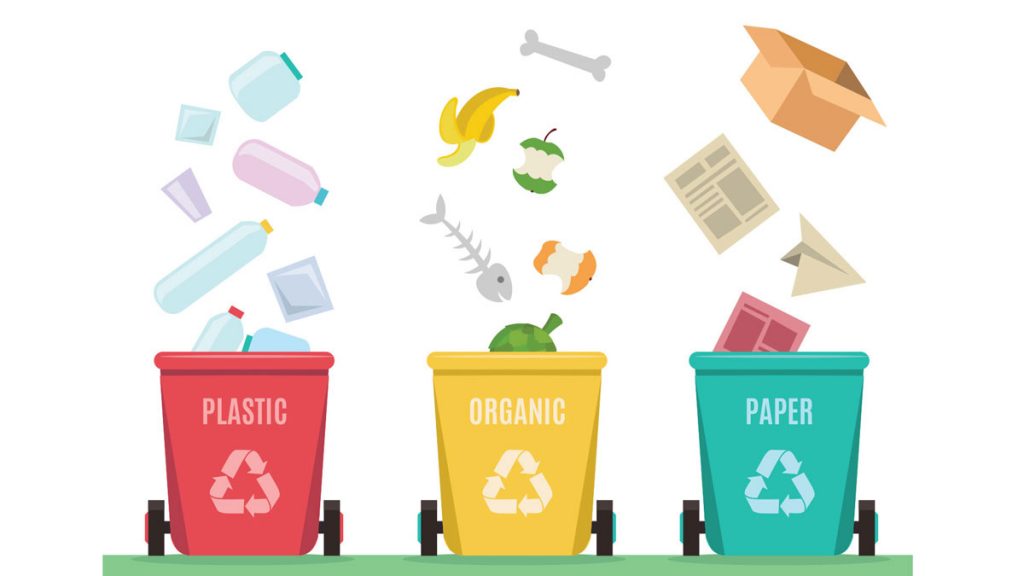


Less garbage – less cost. How to achieve balance?

2020-07-15
There is a saying that nothing in life is permanent except death and taxes. Facility managers know that there is a third constant – waste. No matter how small or large the building is, whatever the companies located in it are engaged in, there will always be waste. Reducing waste, however, is the easiest way to improve sustainability and reduce operating costs.

To manage the waste of facilitation, the manager must understand what and when is discarded, and in what quantity. For this, a so-called Waste audit or waste audit is carried out. And here most likely it turns out that most of the garbage is not garbage at all.
Studies conducted in the USA in 100 different buildings showed that 77% of the disposed of items are actually recyclable materials, of which 34% is organic, 23% is paper, 19% is glass / plastic and 1% is electronic waste. The rest is that it will not work easily, but it is still possible.
What does this indicate? Given the constant rise in waste disposal prices, the building is simply throwing money away.
And then the situation will only get more complicated. According to World Bank forecasts, by 2050 the amount of garbage on Earth will increase by 70%. In 2018, China introduced a ban on the import of recyclable materials for processing, and it was the largest consumer of such raw materials, which means that garbage will now accumulate and disposal prices will continue to rise.
Thus, waste auditing is the key to organizing waste reduction. Consider a few cases:
- In one office building, after an audit, facilitators determined that most of the garbage was food waste, and it was heavy. After the implementation of the program for the collection of organic matter, the garbage collected became easier by 25%. And since the building handed over waste to weight by waste, resource saving has become significant.
- One of the problems in production was that the garbage containers filled up quickly and were always full, which led to more frequent visits of garbage cars and increased disposal costs. After the audit, it turned out that ¾ garbage can be recycled. In less than a month, the company reduced the amount of garbage disposed of by 15 tons, and reduced the cost of garbage disposal by 30%.
- One chain of fast food restaurants had a program and procedures for reducing food waste, but this did not include a separation by quality. After the audit, it turned out that 26.7% of surplus products can be donated to those in need.
The largest international companies aim to achieve a zero level of waste management. Perhaps this task will not be affordable for everyone, but practice shows that if you follow the plan developed on the basis of the audit, you can achieve regular reduction of garbage.

 FACILITY
FACILITY 